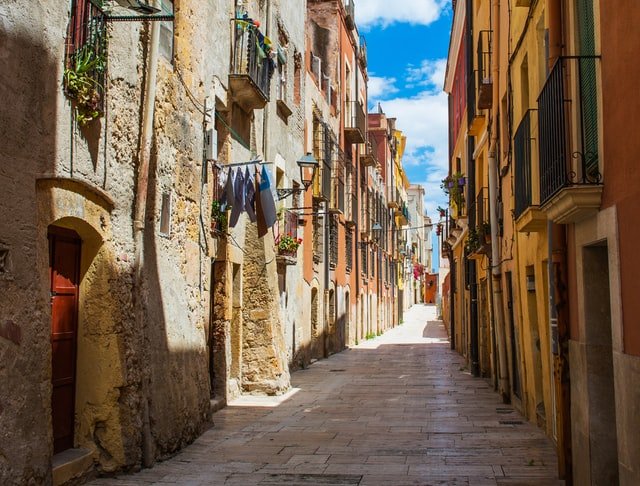Modern-Day Pilgrimage: The Ultimate Slow Travel Adventure
What do you think of when you hear the word ‘pilgrimage’? For many, words like ‘devotion’ and ‘religious’ come to mind. An age-old image is one of a monk or religious person walking along a long, arduous road to a religious shrine. Yet how does your perception shift with the phrase ‘modern-day pilgrimage’?
When the pendulum swings too far in one direction, life naturally rebalances in the other direction. Think about realism, the mid-nineteenth century artistic movement characterized by subjects painted in near photo-realistic way. Fast forward 50 years when artists actively rejected realism, pushing the boundaries with surrealism and abstract expressionism. What comes up must come down, so to speak.
What led us here?
In the 14th and 15th centuries, religion and dogma were deeply ingrained in the culture. Religious documents were held by few, life was harsh, and the Church provided tired, broken souls with the hope of salvation.
Now in the 21st century, we’ve seen the age of information, science, and technology. Any question we have, we ask Siri and the answers come from the ethers and into our AirPod Pros. Podcasts, Audible books, andendless Netflix shows only pause to ask if you’re still watching; opinions bombard us constantly. With the pandemic, the notion of being connected virtually yet disconnected at the soul level is widely understood.
slow travel + modern-day pilgrimage
What does modern-day pilgrimage look like?
Modern-day pilgrimage is the journey back to yourself. It’s the proverbial pendulum swinging back in the opposite direction. It’s looking for answers within as opposed to listening to the orchestra of advice, shoulds, and you oughtas. The calling for connection to self is answered with slowing down through pilgrimage.
You won’t need to walk with a staff and dress in a cloak like the 14th century European pilgrims used to (unless you want to, that is). There are many different forms of pilgrimage, but most commonly the traveler is either walking or cycling to a specific place. In addition, most pilgrimage routes even have accommodations and restaurants or supermarkets along the way. Because of this, you don’t need to carry food and a tent with you, another reason why the Camino in Spain is so popular.
Regardless of where you are walking, your intention plays a huge part in what makes your journey a pilgrimage. Pilgrimage is a journey in which you reconnect with yourself.
During a pilgrimage, you leave behind the familiar and step into the unknown. On this journey, the path is full of exciting, invigorating new challenges and adventures. Each day you wake up in a state of fresh simplicity, and your task is to walk, reflect, and experience life in a new place. Walking through small villages and big cities alike, you truly begin to see life around you unfold, as does your relationship with yourself. As Phil Cousineau says in The Art of Pilgrimage, “Pilgrimage is the universal quest for self.” It’s a quest to communicate directly with your soul through slow travel.
What we do
We prepare and guide travelers on the inner and outer journey. We have online courses, private consultations, and small group journeys. Reach out to us if you're interested in walking a pilgrimage or want to learn more.

